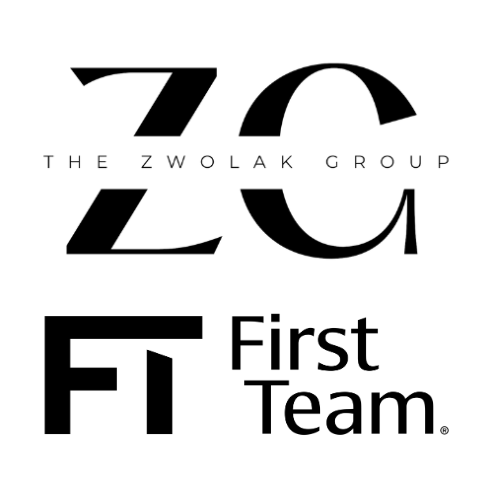Accessory dwelling units (ADUs) have become increasingly popular as a solution to the housing crisis in many cities. An ADU, also known as a granny flat or a mother-in-law suite, is a small, self-contained unit that can be added to an existing property. These units can be rented out to generate additional income for homeowners or provide affordable housing options for renters.
California has been facing a housing crisis for years, with a lack of affordable housing being a major issue. In recent years, the state has turned to ADUs as a potential solution. An ADU is a secondary housing unit that can be built on a residential property, providing additional living space for homeowners or renters.
The popularity of ADUs has skyrocketed in California over the past few years. According to The Atlantic, the number of ADUs permitted in Los Angeles has increased by a staggering 6,230 percent since 2016. This increase is due to a loosening of regulations around ADUs, making them easier and more affordable to build. The state has passed several laws that encourage the development of ADUs, including the passage of Senate Bill 1069 and Assembly Bill 2299 in 2016.
Since the passage of these laws, every year (except for 2020 due to COVID-19) has seen an increase in ADU permitting of between 42% to 76% in California. This growth is not surprising given the benefits that ADUs can provide. They can be a source of rental income for homeowners, offer affordable housing options for renters, and increase the overall supply of housing in the state.
ADUs also have environmental benefits. By creating additional housing units on existing properties, they reduce the need for new construction and the environmental impact that comes with it. Additionally, ADUs can be designed to be energy-efficient and environmentally sustainable, further reducing their environmental impact.
Despite the many benefits of ADUs, there are still some challenges to their widespread adoption. One challenge is the cost of building an ADU, which can be prohibitively expensive for some homeowners. However, the state has created programs to help homeowners finance the construction of ADUs, including the Accessory Dwelling Unit Financing Program and the California Housing Finance Agency’s Accessory Dwelling Unit Program.
Another challenge is resistance from local governments and some homeowners who may view ADUs as a potential threat to neighborhood character or property values. However, studies have shown that ADUs do not have a negative impact on property values and can actually increase the value of a property.
ADUs have the potential to provide affordable housing options in California, increase the overall supply of housing, and have environmental benefits. While there are still some challenges to their widespread adoption, the state has made significant strides in recent years to make ADUs more accessible and affordable for homeowners. With continued support and investment, ADUs could become a major solution to California’s housing crisis.
The information contained, and the opinions expressed, in this article are not intended to be construed as investment advice. First Team Real Estate and The Zwolak Group does not guarantee or warrant the accuracy or completeness of the information or opinions contained herein. Nothing herein should be construed as investment advice. You should always conduct your own research and due diligence and obtain professional advice before making any investment decision. First Team Real Estate, or The Zwolak Group will not be liable for any loss or damage caused by your reliance on the information or opinions contained herein.





